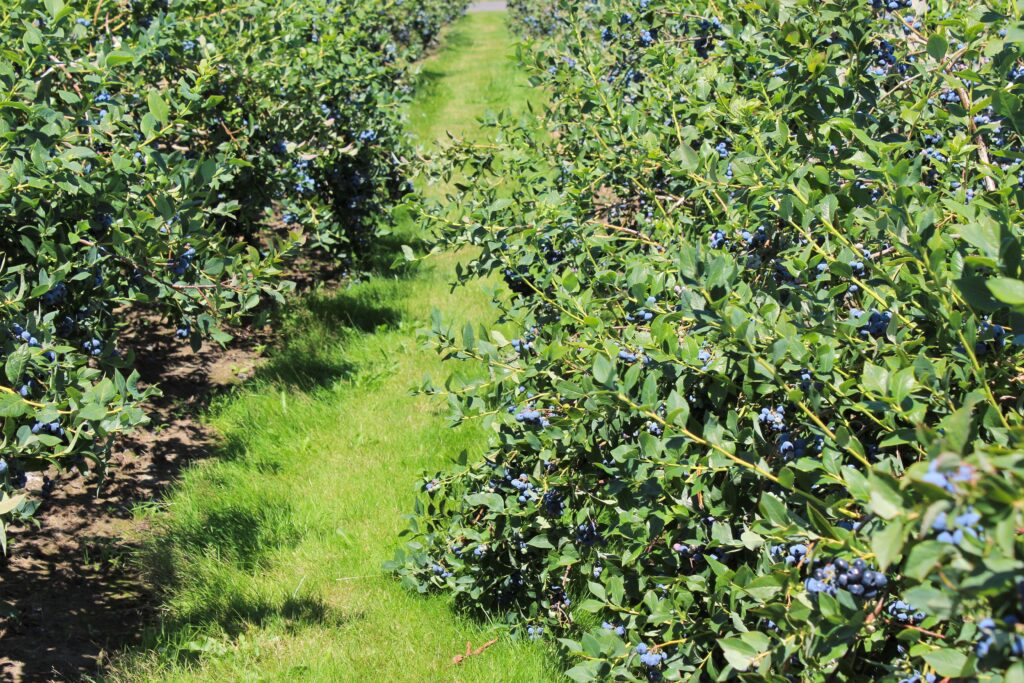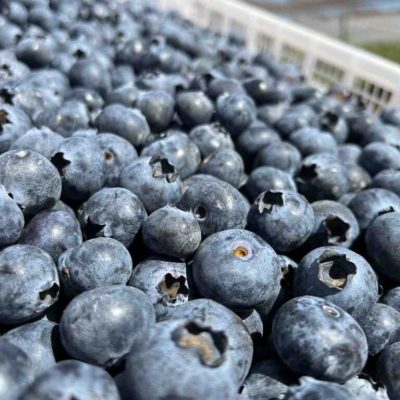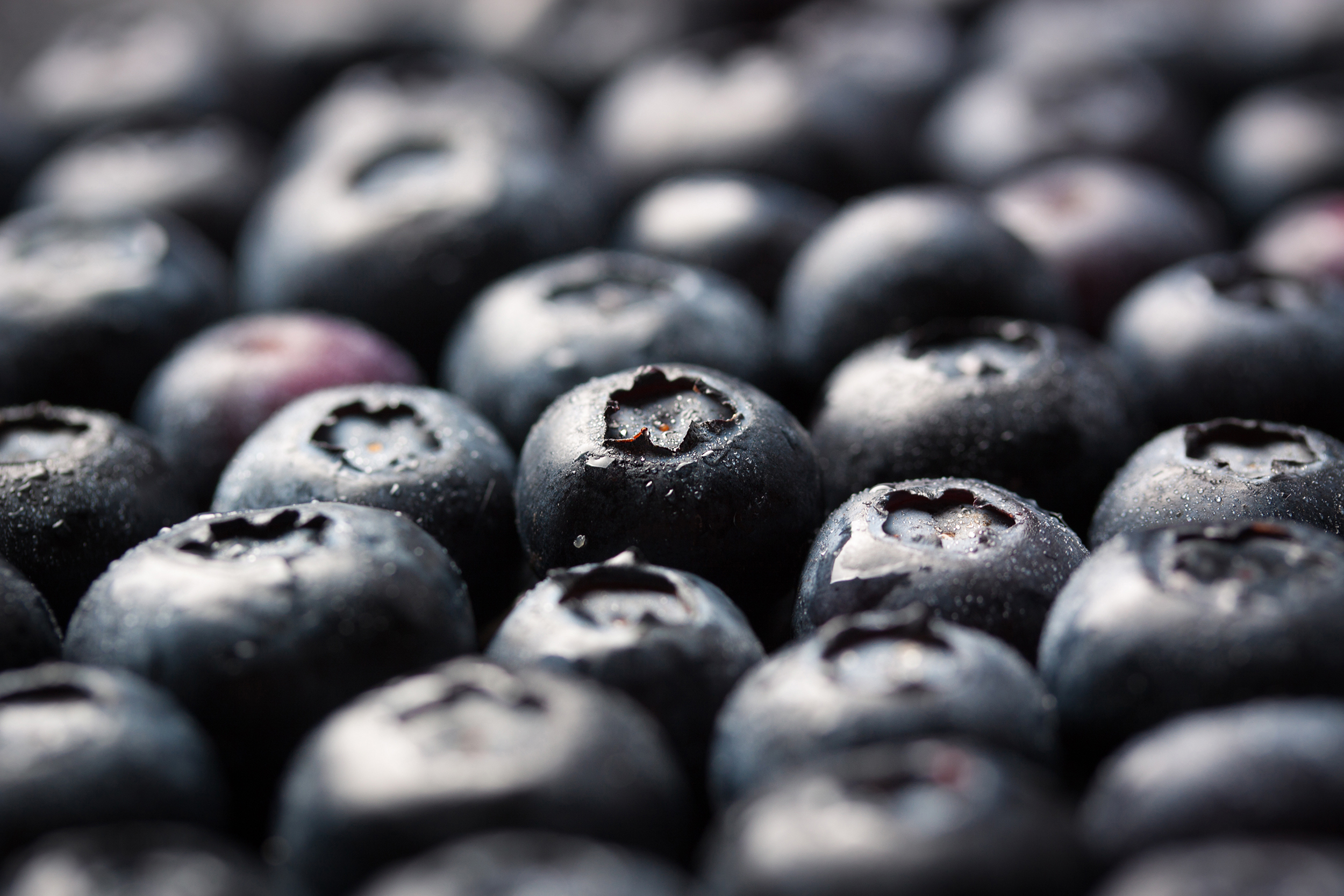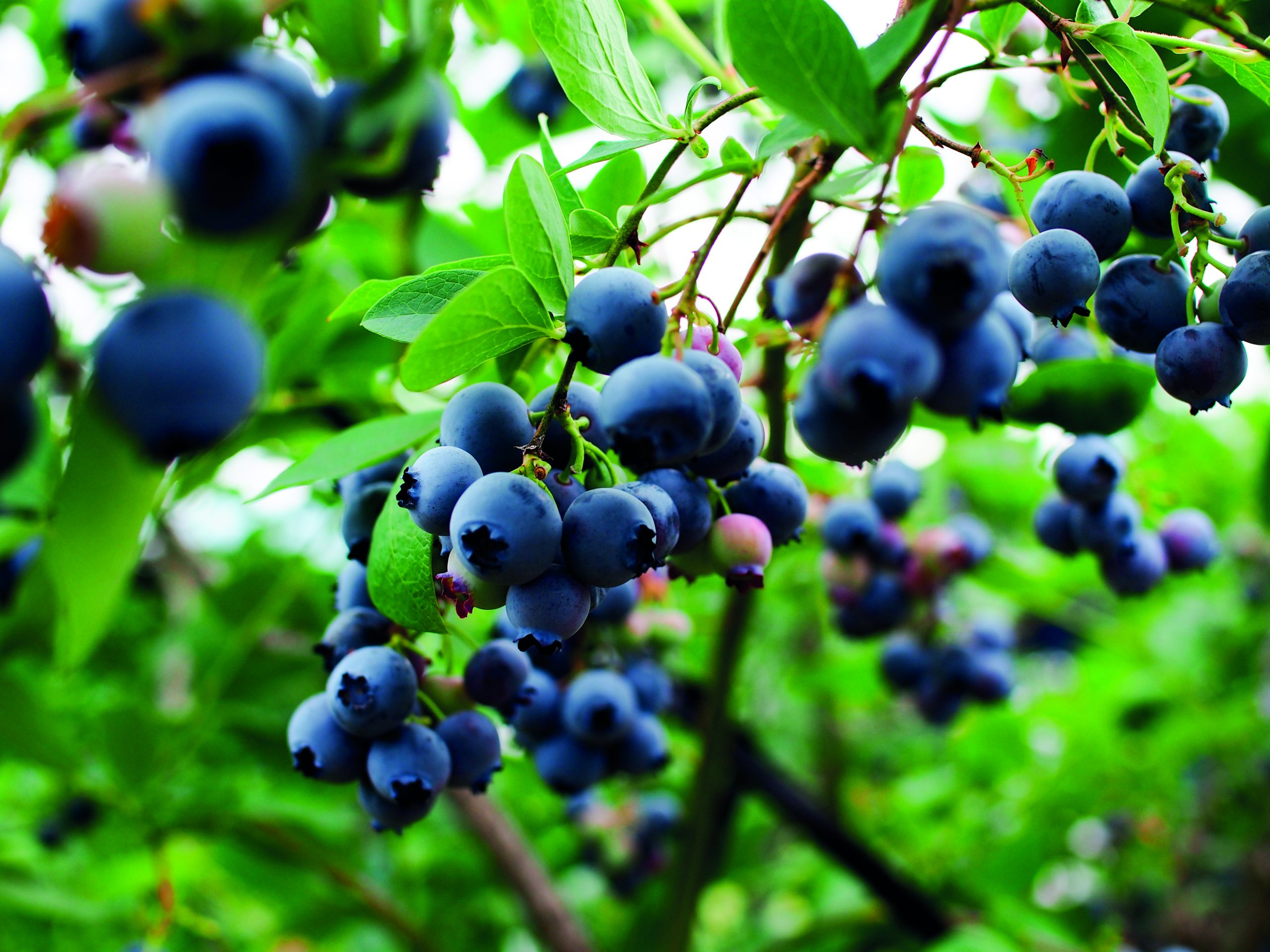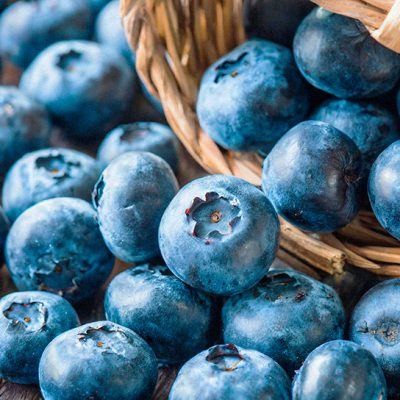More growers see benefits of planting blueberries in 100% coir
More blueberries are being grown in coir because it delivers healthy, consistent yields, and is less costly and better for the environment than alternatives.
It’s a trend that’s rapidly increasing in major markets around the world because the stable structure of a quality coir allows growers to keep using the same container growing system for the lifespan of the blueberry plant.
Dennis Wilson, managing director and senior advisor at Delphy, UK Ltd, says there are three main benefits to using coir growing media for blueberries.
“The cost is lower than alternatives, the pH is naturally higher, and the structure allows it to be used over an extended period of time.”
Lower cost
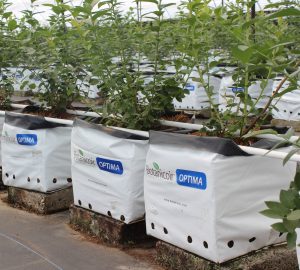 “There are many things helping to promote the short and long-term cost benefits of coir,” says Dennis.
“There are many things helping to promote the short and long-term cost benefits of coir,” says Dennis.
“Shipping ready to use peat, perlite and coir blends for long distances essentially means you are shipping around a lot of air. 100% coir substrates can be transported in a condensed form, and the cost per litre of dehydrated media is generally much cheaper,” says Dennis.
“There are also cost benefits related to the chemistry and structure of coir, which potentially allows for more efficient use of nutrients. This is attracting a lot of growers to it.”
Chemistry
Dennis explains that many growers understand that they need an acidic medium to grow blueberries. “But our understanding of the underlying chemistry in substrates has also developed,” says Dennis.
“The natural pH of coir is between 5.6-6.8 but it has a low pH buffering capacity, meaning that the pH around the roots quickly drops when Ammonium Nitrogen (AN) is added to pots.
“In fact, due to the acidifying effect of AN in the fertiliser recipe, a higher initial pH is a benefit, because it doesn’t drop so rapidly, and the ideal pH for blueberries of between 5.0-5.5 is quickly established.
“For container grown blueberries, a drip pH of around 6.0 provides more pH stability than a lower drip pH, this helps to slow down the acidification of the substrate and mitigate potential problems with poor calcium uptake and manganese toxicity.
“Essentially, technical myths about growing in 100% coir aren’t necessarily true. We have clients growing successfully in 100% coir and have done for over 10 years.”
Structure
According to Dennis, the physical particle structure of a well processed, high-quality coir is also beneficial.
“In the past, growers have generally used peat-based media containing big particle sizes to improve drainage, but in a long-term crop you don’t want a mix of small, medium, and large because you get segregation, where the smaller particles sink over time meaning it develops a soggy bottom and coarser dryer top.
“Coir manufacturer, Botanicoir, removes the fine particles to create a well aerated and physically more homogenous product, which retains its structural properties for much longer,” says Dennis.
“It also means the Cation Exchange (CEC) capacity is lower, so it doesn’t hold onto fertiliser and nutrients as strongly, making EC and nutrient management easier, reducing the build-up of salts in the containers and therefore reducing the need for flushing cycles to bring EC down.
“Bringing nutrition levels down is more difficult if fine particles are present,” he says.
Peat free
With more growers eradicating peat completely from their growing operations, coir is an environmentally friendly choice.
“Coir is a more sustainable option. It has a significantly lower environmental impact, especially when the habitat destruction and major carbon dioxide release caused by draining peat bogs for harvesting is taken into consideration. Coir, being a by-product of the coconut industry, involves little or no habitat disturbance,” adds Dennis.
Coir-grown blueberries in Florida could bring its short season forward
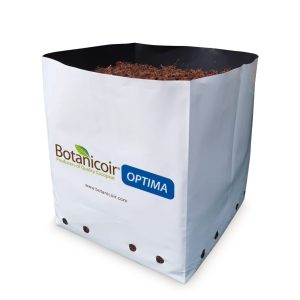 Blueberry growing in coir could bring the season forward in Florida, meaning farmers could consolidate their position with higher yields to compete with Mexican and Peruvian imports.
Blueberry growing in coir could bring the season forward in Florida, meaning farmers could consolidate their position with higher yields to compete with Mexican and Peruvian imports.
“In the USA there is a geographical ‘ladder’ of production as more fruit floods the market throughout the year. Florida has a slight competitive advantage because it has an early season, with a window running from mid-March to the end of April,” explains Dylan, researcher at the University of Florida.
“Moving from growing in the ground to coir could deliver timing and yield benefits and an even earlier harvest,” says Dylan.
The University of Florida sees such potential of blueberry growing in coir, that it has invested in a new blueberry 14-month hydroponic trial.
“We’re testing two different pots in the same Botanicoir coir blend, comparing traditional 7-gallon pots to ‘Pioneer pots’ from Blackmore Company which contain a net to separate the roots from the ground, allowing for better air flow and root development,” says Dylan.
“We’re hopeful that the results will show that blueberries can be grown successfully in coir, and that they do better in this environment than in the ground.
“We need to change the perception that blueberries are a ‘hands off’ crop. If growers move to coir substrate planting in pots, it will mean they will need to get a technical understanding of managing them, but the yield benefits could be the pay off.
“It is a hard-sell because of the initial cost of switching to coir from the ground, but the benefits of growing in a system that uses substrate outweighs this cost. The crop will last longer and will be healthier and better-performing,” says Dylan.
“Coir can last the lifetime of the crop and preliminary data clearly shows that the return on investment is better than not growing in coir, because you don’t have to re-plant.
“If you get it right, cultivars will yield better, earlier, and you can save money,” adds Dylan.
Growing in Botanicoir
Many blueberry growers have found growing in 100% coir beneficial, due to improved root health maintaining better plant performance over the life of the plantation.
Pre-buffered coir offers a clean substrate for young plants that is high in calcium to promote strong leaf and shoot development.
The structure of the particles in Botanicoir blueberry mixes encourages healthy root
development and aids the grower in optimising the irrigation strategy, this helps to avoid over watering which can cause root die back and disease issues.



